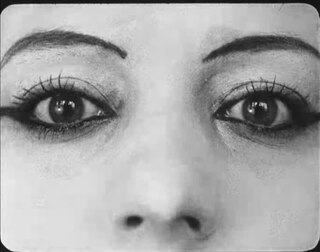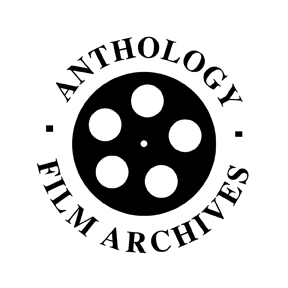An underground film is a film that is out of the mainstream either in its style, genre or financing.

Experimental film or avant-garde cinema is a mode of filmmaking that rigorously re-evaluates cinematic conventions and explores non-narrative forms or alternatives to traditional narratives or methods of working. Many experimental films, particularly early ones, relate to arts in other disciplines: painting, dance, literature and poetry, or arise from research and development of new technical resources.
Paracinema is an academic term to refer to a wide variety of film genres out of the mainstream, bearing the same relationship to 'legitimate' film as paraliterature like comic books and pulp fiction bears to literature.

Anthology Film Archives is an international center for the preservation, study, and exhibition of film and video, with a particular focus on independent, experimental, and avant-garde cinema. The film archive and theater is located at 32 Second Avenue on the southeast corner of East 2nd Street, in a New York City historic district in the East Village neighborhood of Manhattan.
Structural film was an avant-garde experimental film movement prominent in the United States in the 1960s. A related movement developed in the United Kingdom in the 1970s.
P. Adams Sitney, is a historian of American avant-garde cinema. He is known as the author of Visionary Film, one of the first books on the history of experimental film in the United States.
Robert Beavers is an American experimental filmmaker. Born and raised in Massachusetts, he attended Deerfield Academy which he left before graduating to move to New York in 1965 to pursue filmmaking. He lived in New York until 1967 when he and his partner, Gregory Markopoulos, left the United States for Europe, where they continued to live and make films until Markopoulos's death in 1992.
The Flicker is a 1966 American experimental film by Tony Conrad. The film consists of only 5 different frames: a warning frame, two title frames, a black frame, and a white frame. It changes the rate at which it switches between black and white frames to produce stroboscopic effects.

Peter Tscherkassky is an Austrian avant-garde filmmaker who works primarily with found footage. All of his work is done with film and heavily edited in the darkroom, rather than relying on recent advances in digital film.
Herbert Rappaport (1908–1983), known in the Soviet Union as Gerbert Moritsevich Rappaport, was an Austrian-Soviet screenwriter and film director.
Experimental filmmakers ask whether things could not be done differently. Underground films analyse and critique the mainstream film industry. They step back and reflect. Simultaneously, they take forward leaps to assess new options. Sometimes the makers are self-taught visual artists who make innovative work thanks to their original point of view. Other filmmakers primarily play with the medium film and seek an alternative to the dominant visual culture.

Eve Heller, born in 1961 in Amherst, is an American filmmaker based in Vienna, Austria.
Beverly Grant was an actress and filmmaker who appeared in films by Andy Warhol, Jack Smith, Gregory Markopoulos, Ira Cohen, Ron Rice, and Stephen Dwoskin, on the off-off Broadway stage in works by Ronald Tavel and LeRoi Jones, as well as collaborated with her one-time husband, experimental filmmaker and musician, Tony Conrad. Smith, the avant-garde filmmaker of Flaming Creatures and Normal Love, in which Grant appeared, called her "the queen of the underground – both undergrounds."
Arnulf Rainer is a 1960 Austrian experimental short film by Peter Kubelka, and one of the earliest flicker films. The film alternates between light or the absence of light and sound or the absence of sound. Since its May 1960 premiere in Vienna, Arnulf Rainer has become known as a fundamental work for structural film. Kubelka released a "negative" version, titled Antiphon, in 2012.
The Austrian Film Museum is a film archive and museum located in Vienna, Austria. It was founded by Peter Konlechner and Peter Kubelka in 1964 as a non-profit organization.
Schwechater is a 1958 experimental short film by Austrian filmmaker Peter Kubelka. It is the second entry in his trilogy of metrical films, between Adebar and Arnulf Rainer.
Our Trip to Africa is a 1966 Austrian avant-garde short film by Peter Kubelka, originally commissioned as a travel diary documenting a wild game hunt. Kubelka used intricate editing strategies to produce a work about anti-colonialism.
Gertie Fröhlich was a Czechoslovak-born Austrian painter, graphic designer and the initiator of the Galerie nächst St. Stephan in Vienna. She was an important figure in the post-war Austrian painting and experimental film world, where often from behind the scenes she supported numerous artists and institutions.
Adebar is a 1957 Austrian avant-garde short film directed by Peter Kubelka. It is the first entry in Kubelka's trilogy of metrical films, followed by Schwechater and Arnulf Rainer. Adebar is the first film to be edited entirely according to a mathematical rhythmic strategy.





